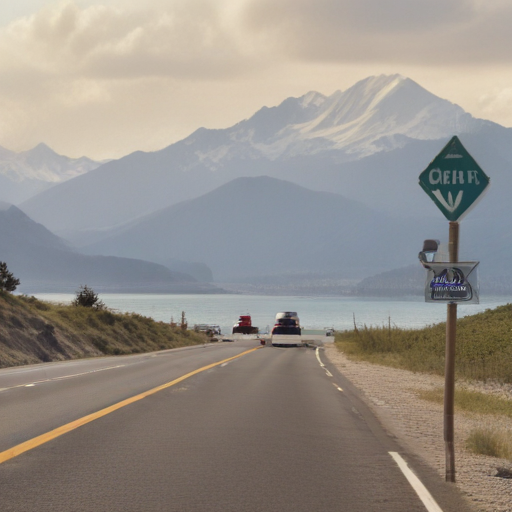Google is set to change the name of the Gulf of Mexico to the Gulf of America in its Google Maps application following an executive order from US President Donald Trump. This order aimed to officially retitle the Gulf of Mexico in US government documents during the president’s first week in office. The new name will only be reflected for users within the United States.
In addition to the name change for the Gulf, Google Maps will also revert the name of North America’s highest peak, Mount Denali, to its previous name, Mount McKinley, as part of a separate renaming initiative by Trump. Google clarified that its approach to name changes is based on updates from official government sources, stating, “We have a longstanding practice of applying name changes when they have been updated in official government documents.”
The decision appears to align with Trump’s broader agenda, which he expressed during his inaugural address, emphasizing a desire for America to reclaim a prominent identity on the global stage. However, the name change has drawn responses from international figures, including Mexico’s President Claudia Sheinbaum, who humorously suggested alternate names for North America in reaction to Trump’s decision.
This dual renaming effort by the U.S. government highlights how geographical nomenclature can be intricately tied to national identity, sparking discussions about heritage and diplomacy. While this may be a point of contention, it also presents an opportunity for dialogue between the U.S. and its neighboring countries regarding shared geography and cultural perspectives.
Overall, the situation may seem complex, but it showcases the evolving nature of how we identify significant geographical locations, and the conversation surrounding it could foster greater understanding and collaboration.
